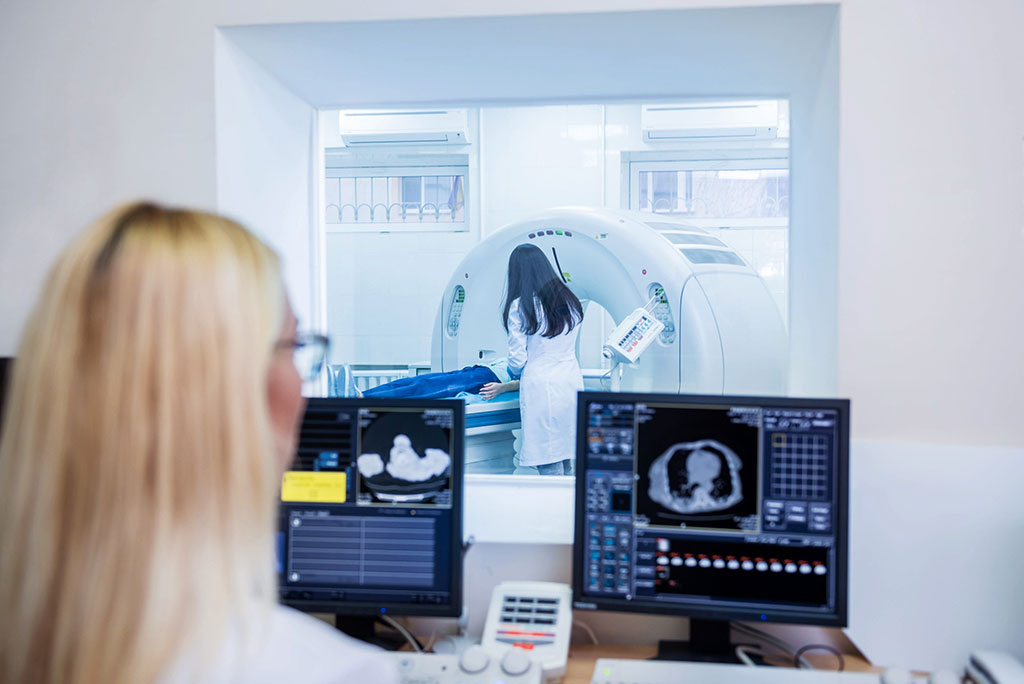Breast Ultrasound Combined with MRI Distinguishes Between Benign and Cancerous Lesions More Accurately
Posted on 10 Nov 2023
In breast imaging, nonmass-like lesions, which are areas in the breast with altered echotexture and no definitive shape, pose a diagnostic challenge. A new study has highlighted the potential of combining ultrasound and MRI to improve the differentiation between benign and malignant breast nonmass-like lesions.
The study by researchers at Chinese PLA General Hospital (Beijing, China) revealed that using ultrasound in conjunction with MRI is more effective in differentiating between benign and malignant lesions compared to using either method alone. This combined approach could lead to enhanced diagnostic accuracy. Both ultrasound and MRI have limitations that can result in incorrect identification of lesions, often leading to unnecessary biopsies. The research team explored the effectiveness of MRI in distinguishing between benign and malignant lesions after they were initially identified as nonmass-like by ultrasound. The hypothesis was that using two imaging techniques together might be more effective than one alone.

For the study, the researchers created a training dataset involving 180 patients with 183 nonmass-like lesions, comprising 88 benign and 95 malignant cases. Additionally, a validation dataset included 61 patients with 61 lesions, split between 30 benign and 31 malignant cases. The lesions were examined using MRI, ultrasound, and then a combination of both methods. In both datasets, the combined approach was effective in diagnosing cancer. In the training set, the combined method showed significant statistical improvement over MRI or ultrasound alone in terms of area under the curve (AUC) and specificity values. In the validation set, the combined method was superior to ultrasound alone but not to MRI alone.
The study found that malignant lesions had a significantly higher frequency of calcifications than benign lesions. Lesions with calcifications were found to be 5.6 times more likely to be malignant than those without, aligning with previous research indicating a high association of malignancy with hypo-echoic areas on ultrasound with calcifications. The combined method also identified two false-negative lesions, which were small and lacked typical malignant sonographic features, and correctly reclassified 11 false-positive lesions as benign. Pathology results were confirmed through surgical excision or biopsy.
“The integrated diagnostic strategy of US combined with MRI exhibited good performance for breast NMLs compared with either modality used alone, which can improve the diagnostic specificity while maintaining high sensitivity,” noted the researchers.
Related Links:
Chinese PLA General Hospital








 Guided Devices.jpg)





